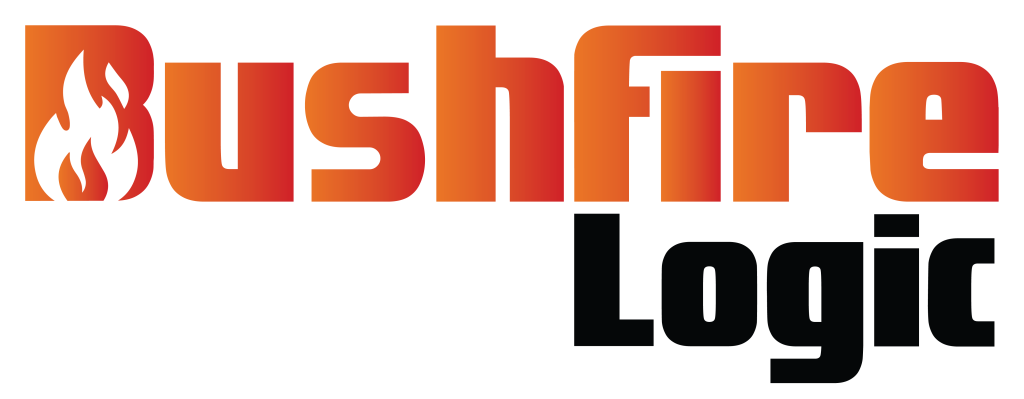Get a Tailored Quote Today and Avoid Costly Delays!
Contact Us
Need answers fast? Call our assessor team now!

FAQ
Frequently Asked Questions
Good question. A BAL assessment is used for planning and building purposes to determine whether a building or development requires additional bushfire risk management measures to address the threat of bushfire to the development. There are 6 BAL rating categories: BAL-Low, BAL-12.5, BAL-19, BAL-29, BAL-40 and BAL-FZ with each representing increments in radiant heat in kilowatts per m2. BAL assessments are used to determine the appropriate construction standards under AS3959:2018 and are most commonly required for development applications and/or building permits.
A Bushfire Management Plan (BMP) or Bushfire Management Statement is an assessment against the Bushfire Planning Framework and identifies the extent of a bushfire hazard to a development.
A BMP sets out short, medium and long-term bushfire risk management strategies for a particular area.
It is used to support planning proposals such as structure plans, subdivision applications and development applications in bushfire prone areas. A BMP considers such things as locations for new buildings, fire breaks, firefighting water supply, vehicular access for both fire fighting and egress in an emergency, easements and ongoing risk management responsibilities for home owners, developers and the local government.
The 2023-2024 review of the Bushfire Prone Area Mapping introduced two distinct bushfire contexts. Area 1 comprises selected suburbs located on the Swan Coastal Plain within the Perth, Peel and Greater Bunbury Region Schemes. These are areas where the intensity of development and non-contiguous nature of vegetation reduces the risk of landscape scale bushfire. Area 2 comprises the remainder of the Western Australia.
You can find out whether your property is within a designated bushfire prone area 1 or 2 by looking up your address on the Map of Bushfire Prone Areas published by the Department of Fire and Emergency Services. Alternatively, we are happy to help you find out and explain that it means.
